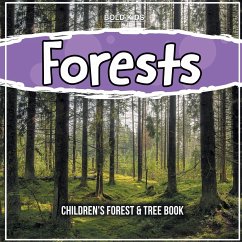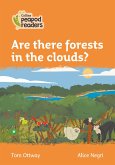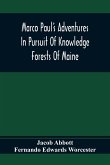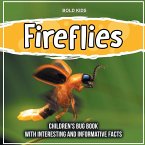Did you know that forests are a significant part of the world's economy? It has been estimated that around 90 percent of the world's food is derived from plants, including trees. These trees provide a variety of products, from paper to plastics. Interestingly, trees can also get cancer, though it doesn't kill them quickly. For instance, the world's largest flower, the Rafflesia, emits a smell of decaying flesh in order to attract pollinators. The Manchineel tree, on the other hand, is very toxic and every part is toxic. Despite the dangers, many people collect tree tumours to use for medicinal purposes. Similarly, the Pea plant's ability to evaluate risk is fascinating. It evolved about 100 million years after animals, making it an excellent choice for food. Besides sustaining plant life, forests also help maintain climate by locking in carbon and regulating local temperatures. They also play an important role in maintaining rainfall patterns and preventing erosion into rivers. Not to mention, forests are also vital habitat for millions of species. In fact, it is estimated that about one-third of the world's population depends on these forests for their livelihood. In addition, forests purify the air as they help to absorb carbon dioxide and other pollutants and pump oxygen into the air. Most animals that live in forests are social, including insects. In addition to animals, trees also support the lives of numerous insects and fungi. As a result, forests are an important conservation area. This is why scientists study forest ecosystems and identify their unique features. It also helps people understand the connection between forests and other species of life. The coniferous rainforests are home to seed-eating jays and squirrels, as well as deer, elk, and moose.







